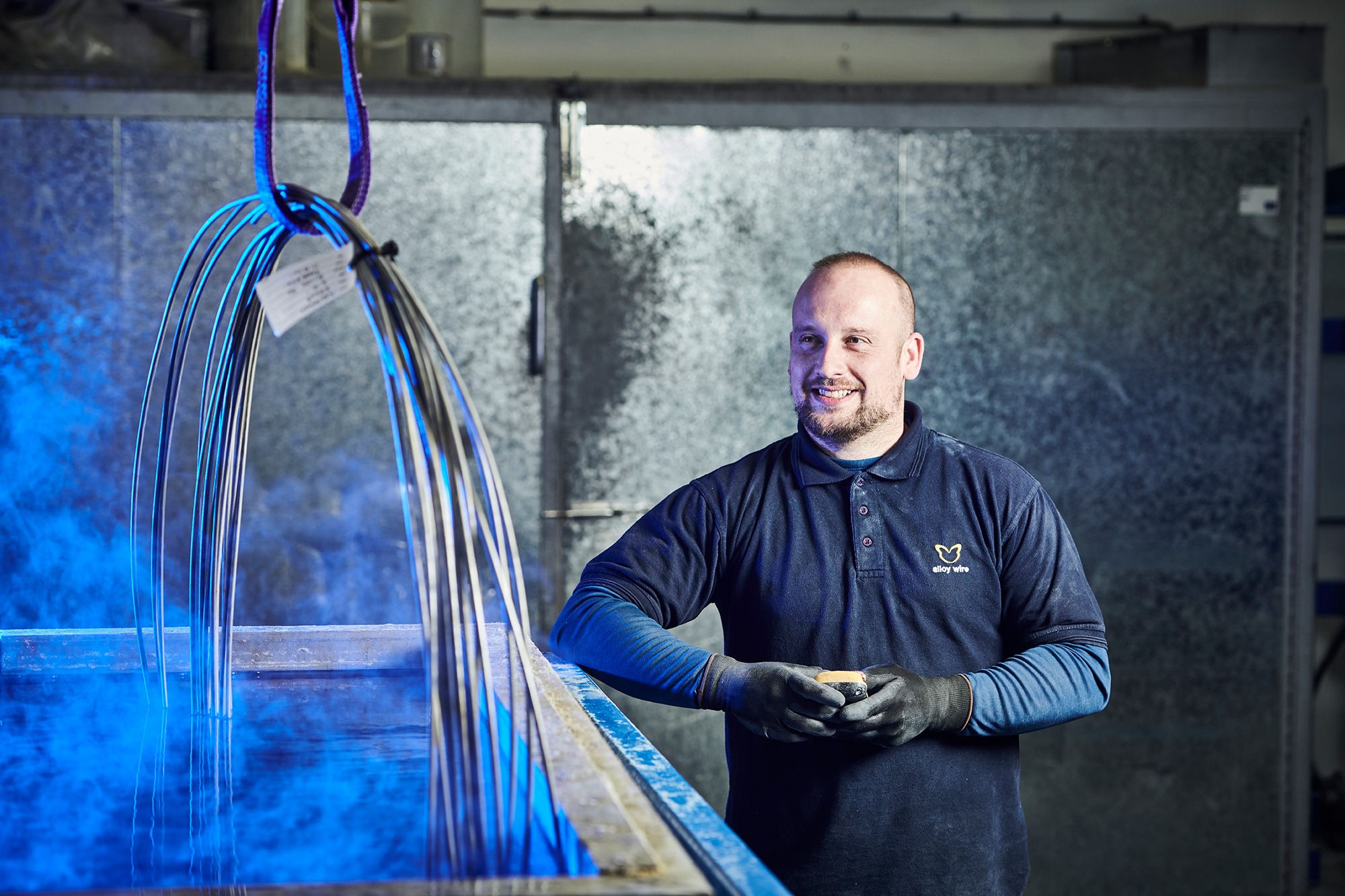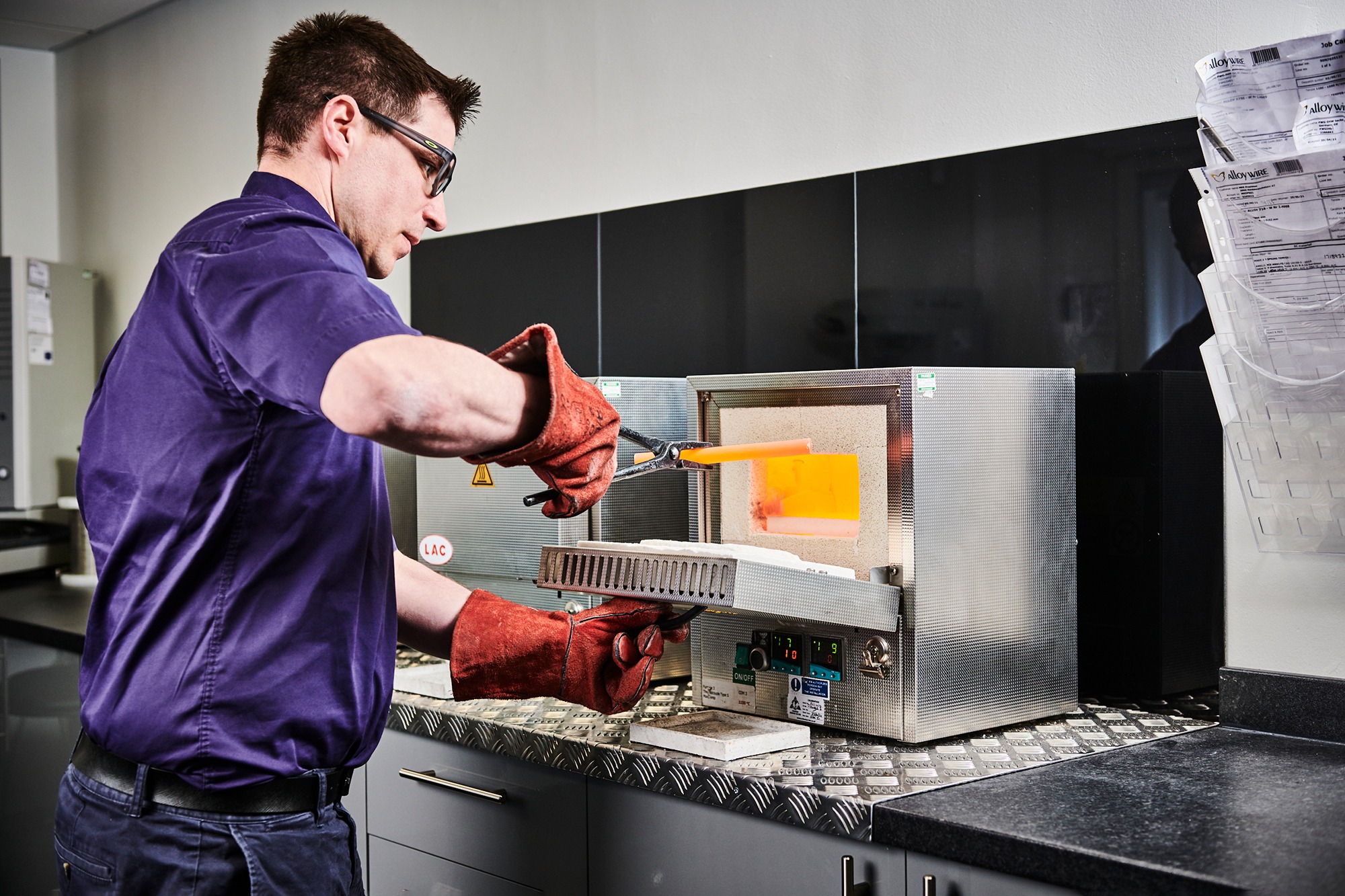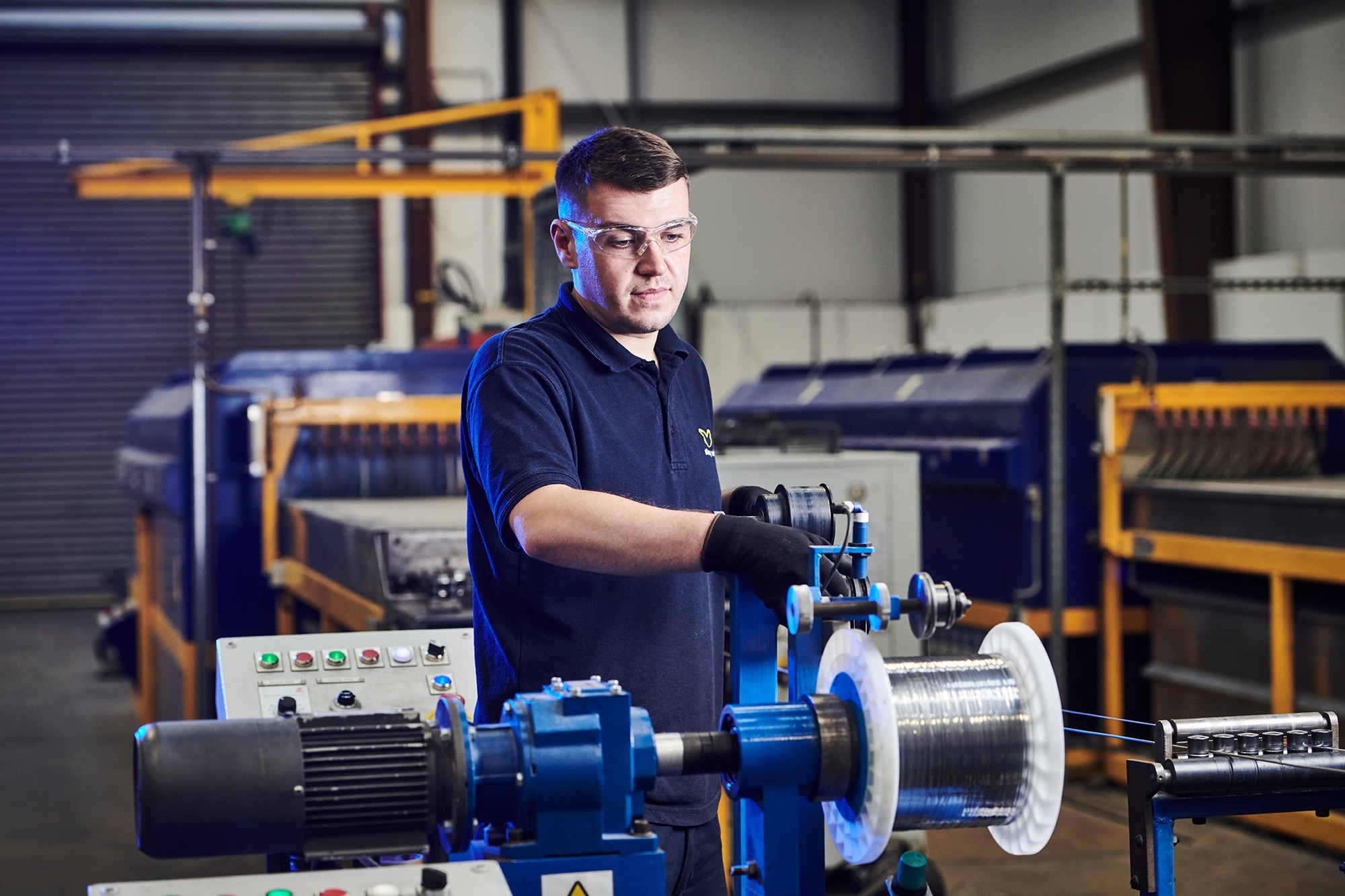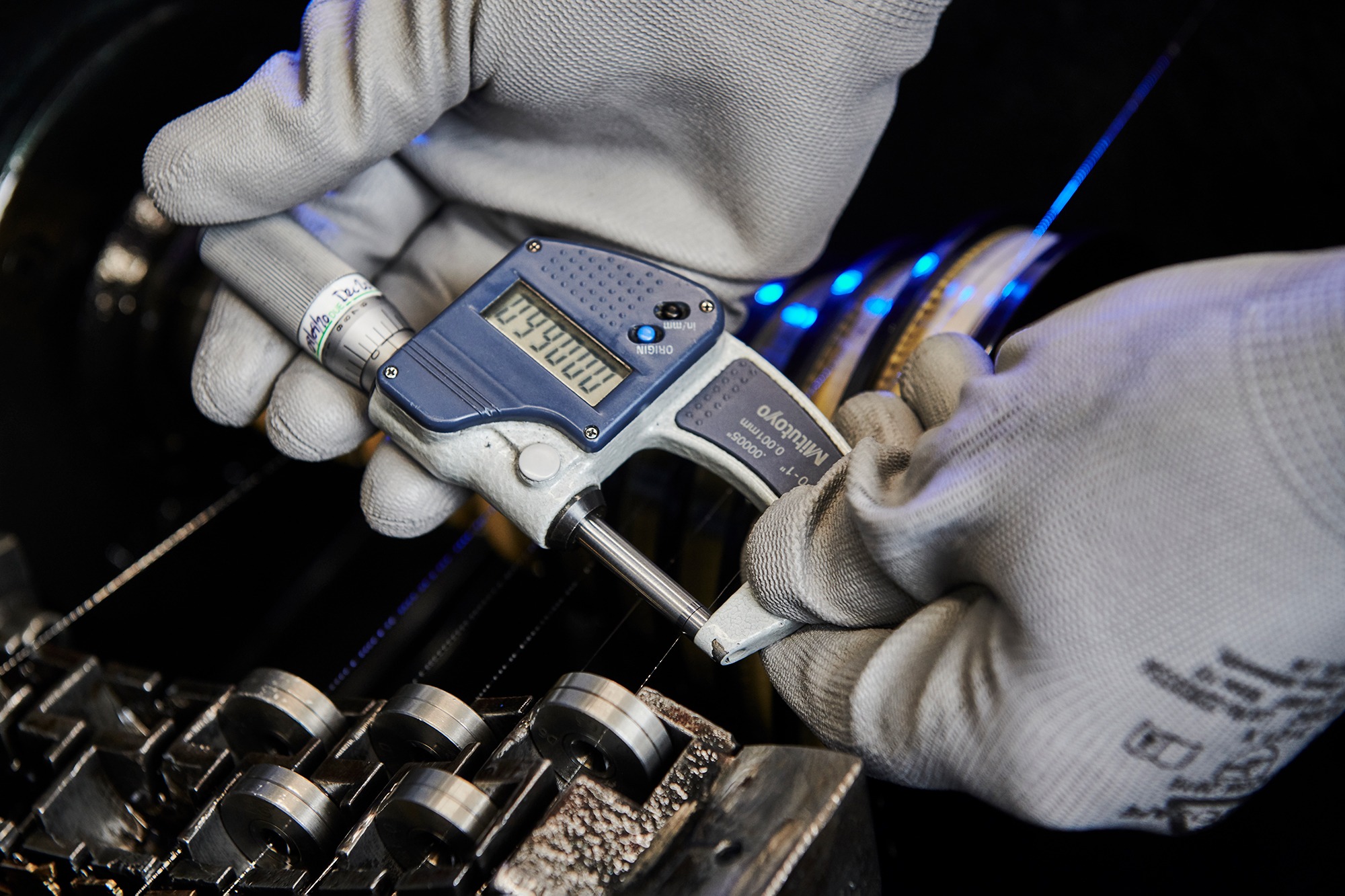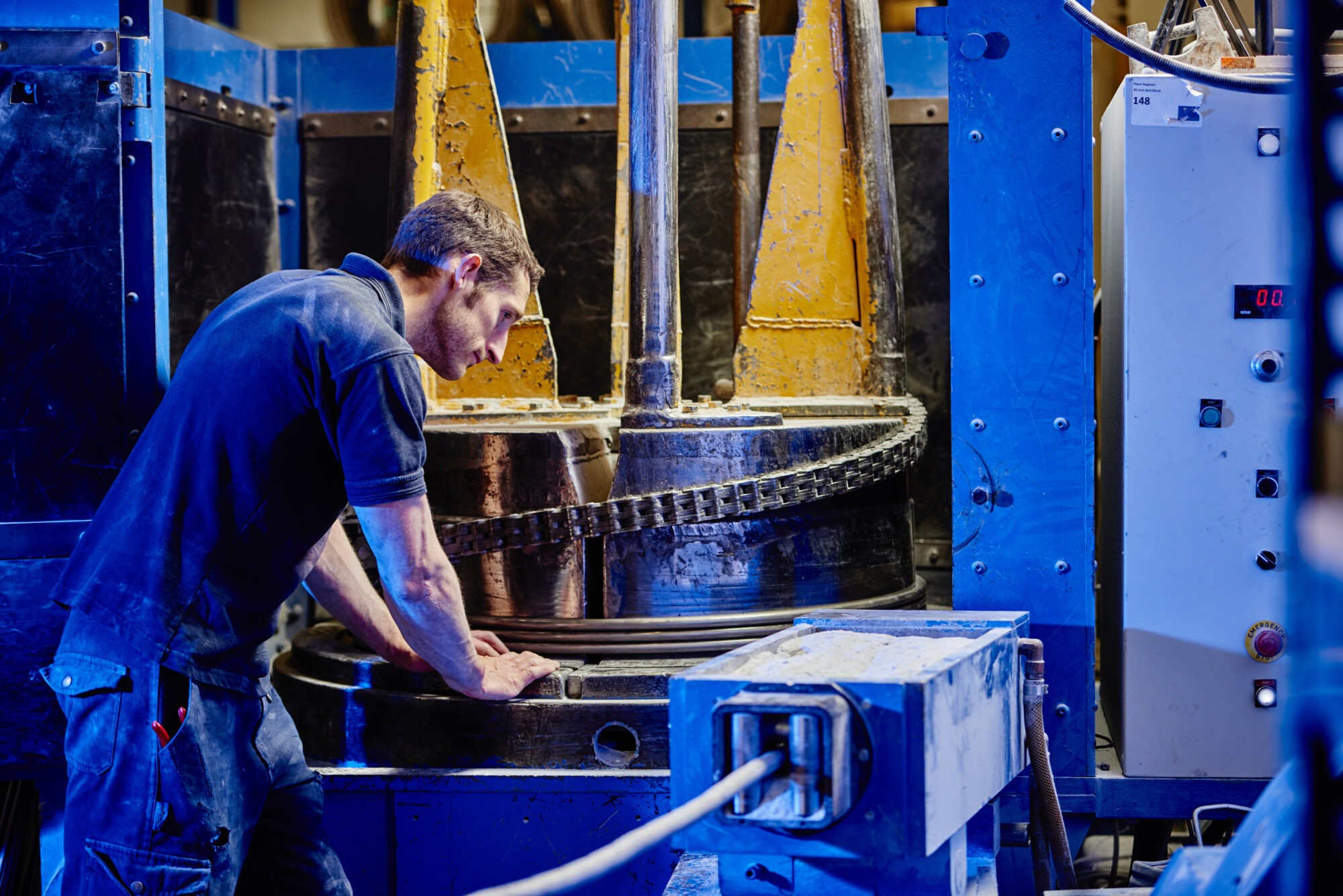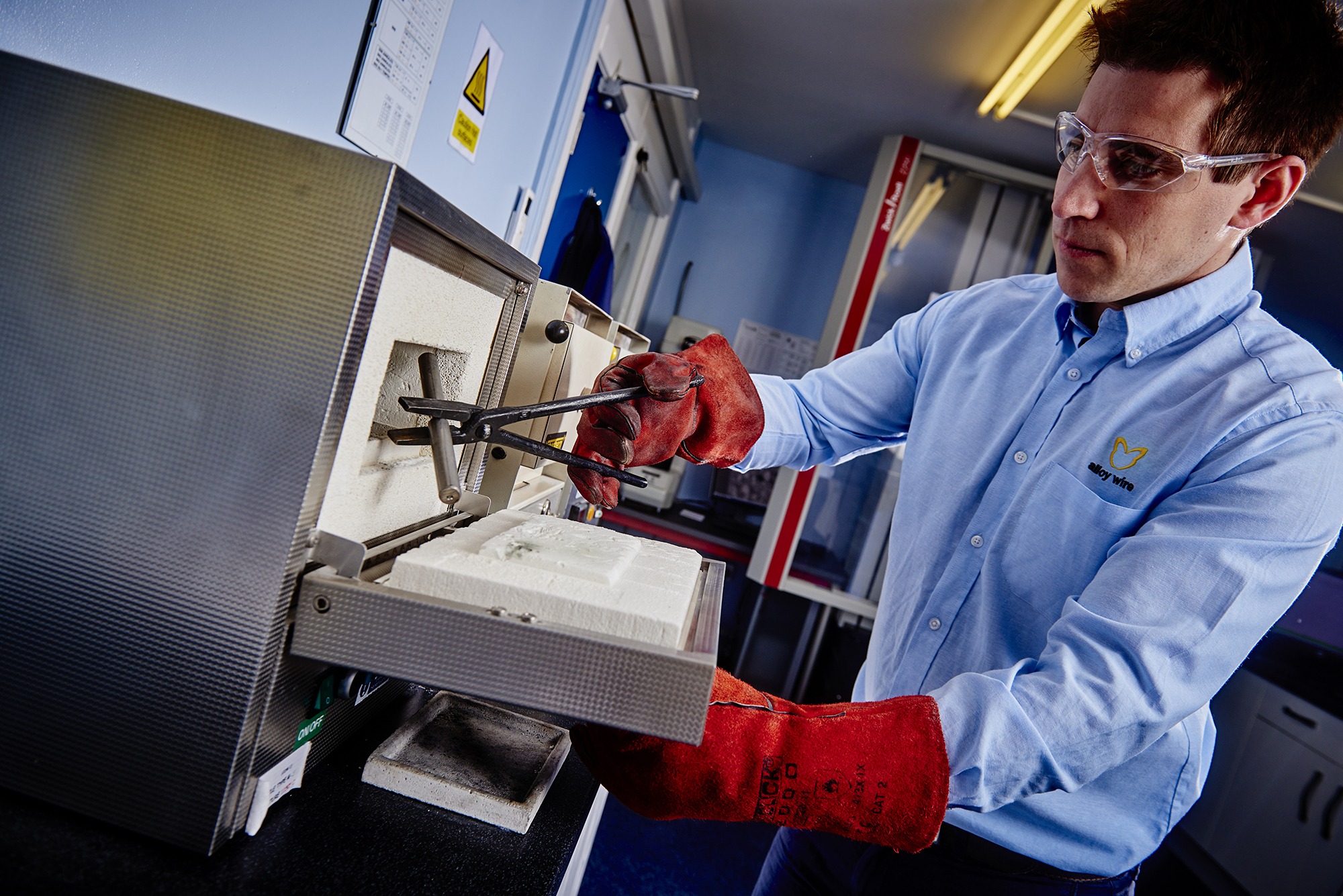
The everchanging world of the High Performance Alloy
Alloy Wire International’s Andrew Du Plessis explores the everchanging world of the High Performance Alloy and why industry’s pursuit for more demanding applications means picking the right material will become even more complex for manufacturers.
High Performance Alloys (HPAs), often referred to as Superalloys, are materials that exhibit certain key characteristics which make them suited for use in highly demanding applications.
These might be one or a combination of resistance to high temperatures, good mechanical strength, resistance to creep (deformation through long-term exposure to high levels of stress) and resistance to oxidation or corrosion.
Whilst they have been around for a couple of centuries in basic forms, development of many of the HPAs now commonplace in industry was driven in the first half of the 20th century with the advent of the jet engine. This required materials that could work at higher temperatures and be subjected to higher levels of stress than many pre-existing materials.
Developments of HPAs in the modern era is still pushed by the increasingly demanding requirements of the aerospace sector, but requirements from other markets, such as power generation, petrochemical and industrial chemicals, have also contributed.
The most common groups of HPAs are often either nickel, cobalt or iron-based, with various alloying elements added to enhance specific properties.
For example, the addition of titanium, aluminium, cobalt, molybdenum or carbon in the correct amounts and ratios will enhance creep and oxidation resistance in nickel-based alloys. These all help strengthen the material following heat treatment via a mechanism known as precipitation hardening, which acts in a similar manner to reinforcing bars in concrete.
In a similar vein, the addition of elements such as molybdenum, chromium and tungsten can help to improve corrosion resistance for a nickel-based alloy. The presence of these elements helps promote the formation of a passive film on the metal surface that helps prevent the access of corrosive elements. This strongly limits the occurrence of general corrosion and helps reduce the occurrence of localised corrosion events, including pitting or intergranular corrosion.
Examples of some HPAs families are Inconels, Nimonics, Hastelloys and Incoloys.
HPAs are often selected due to their excellent resistance to creep, corrosion and oxidation at very high temperatures, as well as their ability to maintain excellent mechanical (strength) properties when used in extreme environments.
Other groups of HPAs may include materials for highly specific requirements, such as use in cryogenic environments, applications requiring controlled expansion, electrical resistance or hot cutting.
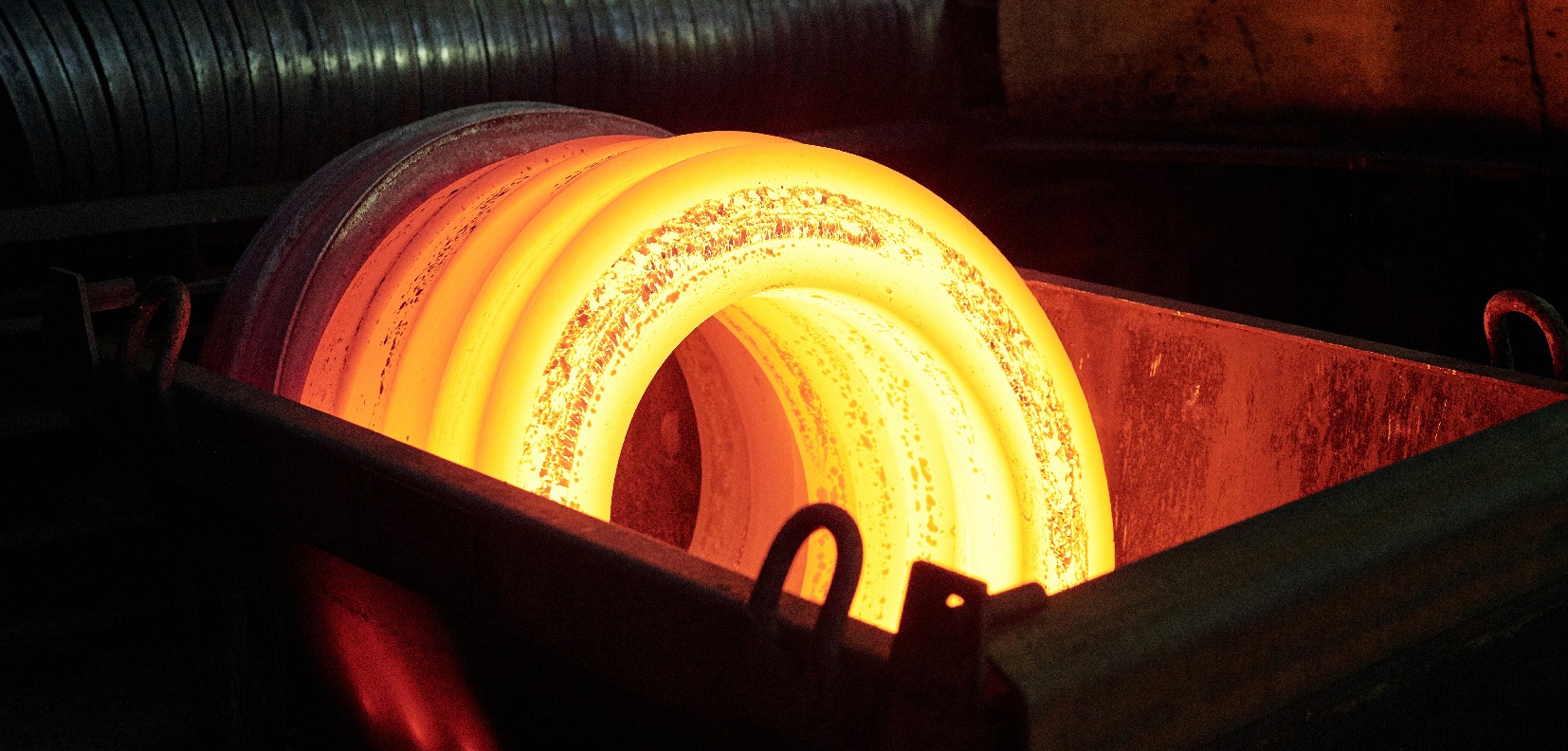
When might I choose to use an HPA for my application?
Typically, HPAs will be selected when material – including carbon or stainless steels – will not stand up to the requirements of a particular application or environment. This may be due to a high operating temperature, which can result in a loss of strength in these materials. Alternatively, the material may be being used in a corrosive environment that can lead to material degradation.
Both of these situations can result in an expensive maintenance programme to continually replace damaged components, or, in the worst-case scenario, may result in catastrophic premature failure of a component.
For example, if an application requires a material which will withstand a high operating temperature, but will retain good strength or resist oxidation, then alloys, such as Inconel X-750, Inconel 718 or Nimonic 90, are good options. This might include springs or sealing rings in aerospace or automotive components.
On the other end of the temperature scale, cryogenic applications are becoming more commonplace with the advent of new technologies and a renewed interest in exploration of new and harsh environments.
For these extreme low temperature environments, it is important to select materials that will maintain their strength and ductility during service. Good examples of HPAs for use in this type of application are Phynox, MP35N, Nitronic 50 and Alloy 718.
There may be an application where the requirements for a material will be to provide good strength and resistance to a highly corrosive environment, often found in marine or in chemical processing settings.
In marine or subsea applications, grades such as Monel 400, K-500, Alloy 625 or Phynox, have proven to be reliable and efficient choices. In chemical processing environments, this is where grades, including Alloy C-276, C-22 or B-3, might be selected due to their increased molybdenum and tungsten contents that help limit loss of strength due to increased protection to corrosive attack. Examples of applications in these environments may again include springs and perhaps wire mesh.
Other grades of HPAs lend themselves to highly specific applications. One example of this might be products which require materials to have a controlled rate of thermal expansion, such as the nilo alloys that are nickel-iron based. This might feature applications like glass to metal sealing or in thermostats, where the rate of expansion of a material needs to be highly predictable for the end product to function correctly.
Another example of an HPA which is used for a very specific purpose is Alloy C-902, which offers highly controllable thermoelastic characteristics. These can be tailored to particular applications through a combination of cold work and heat treatment and applications may vary to cover precise springs for watches, weighing scales and accurate sensors.
HPAs (RW118, RW122 and RW41) are all popular choices for use in hot cutting applications, ranging from cutting of EPS foam to laminate sheets, whilst you will also find HPAs (80/20 NiCr, Heatseal 29 and CuNi 45/55) used in domestic appliances and for applications such as the sealing of plastic bags.
In the case of the latter, the material’s ability to resist the flow of electricity in a predictable manner to achieve a specific temperature makes them good options for components that are subjected to repeated cycles of heating and cooling.
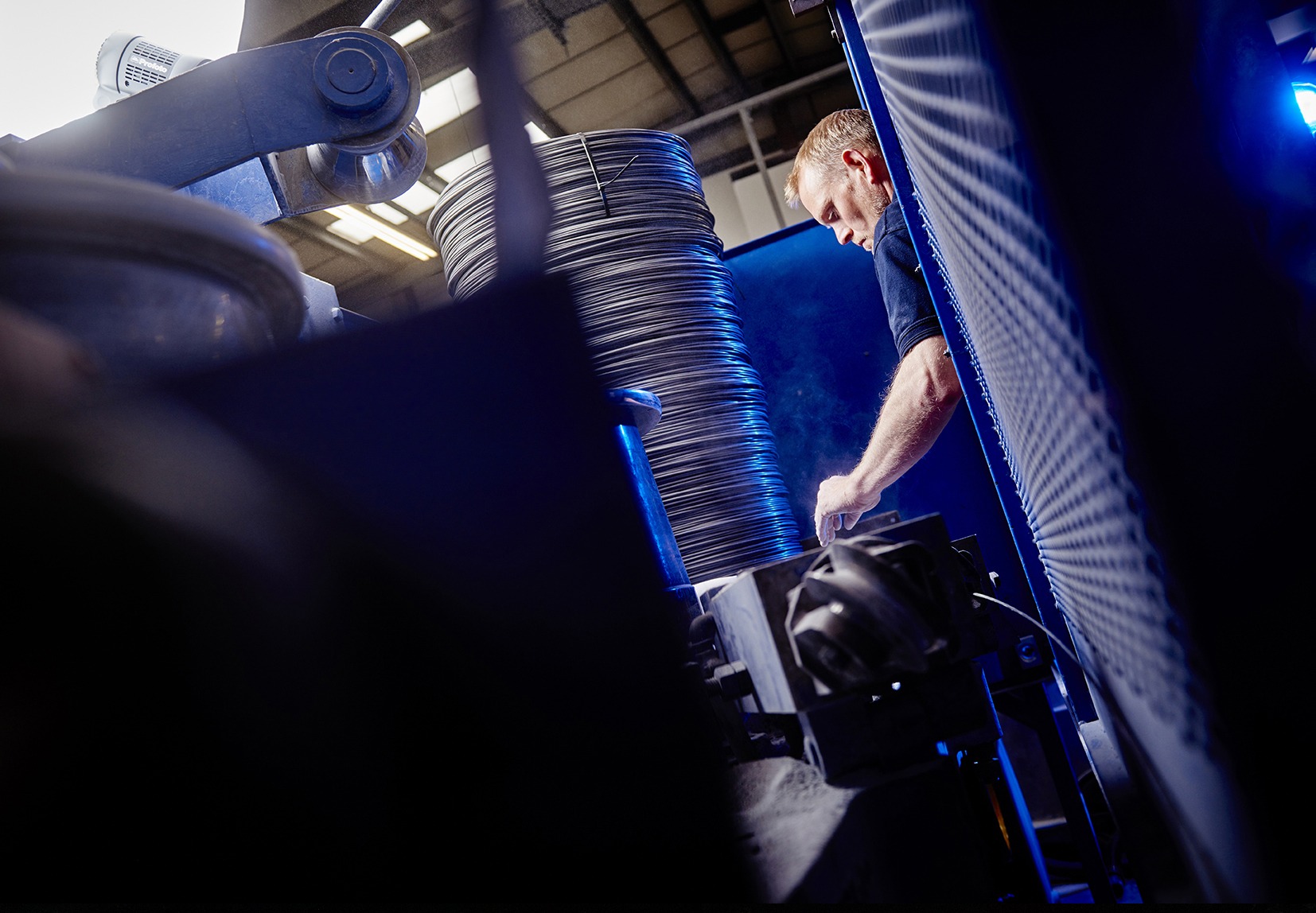
The future of HPAs
The future use and development of products making use of HPAs looks set to continue, as we are all constantly looking for materials to perform faster, hotter and subjecting components to greater stress, in order to push the boundaries of what is possible.
At Alloy Wire International, we are always trying to assess how we can better tailor the products we manufacture to new and emerging industries and, as a result, our R&D and quality team is constantly monitoring new materials that may offer our 5000+ strong customer base a vital competitive advantage.
Twitter: @alloywire
LinkedIn: @alloy-wire-international

